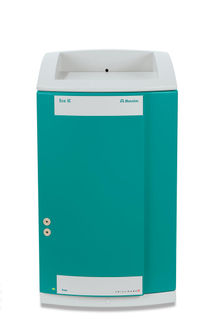To use all functions of this page, please activate cookies in your browser.
my.chemeurope.com
With an accout for my.chemeurope.com you can always see everything at a glance – and you can configure your own website and individual newsletter.
- My watch list
- My saved searches
- My saved topics
- My newsletter
Fürst-Plattner RuleThe Fürst-Plattner rule (also known as the trans-diaxial effect) describes the addition of nucleophiles to cyclohexene derivatives. Product highlightEpoxidation of the substituted cyclohexene gives the product where the R group is in the pseudo-equatorial position. Nucleophilic opening of the epoxide can occur by attack at either the 1 or 2 position. The major product formed is from attack at the 1 position due to the instability of the twist boat product formed by addition at the 2 position (disfavored by approximately 5 kcal / mol). The Fürst-Plattner rule also applies to nucleophilic additions to imines and halonium ions. A recent example of the Fürst-Plattner rule can be seen from Chrisman et al where limonene is epoxidized to give a 1:1 mixture of diastereomers. Exposure to a nitrogen nucleophile in water at reflux provides only one ring opened product in 75-85% ee. References
|
| This article is licensed under the GNU Free Documentation License. It uses material from the Wikipedia article "Fürst-Plattner_Rule". A list of authors is available in Wikipedia. |







